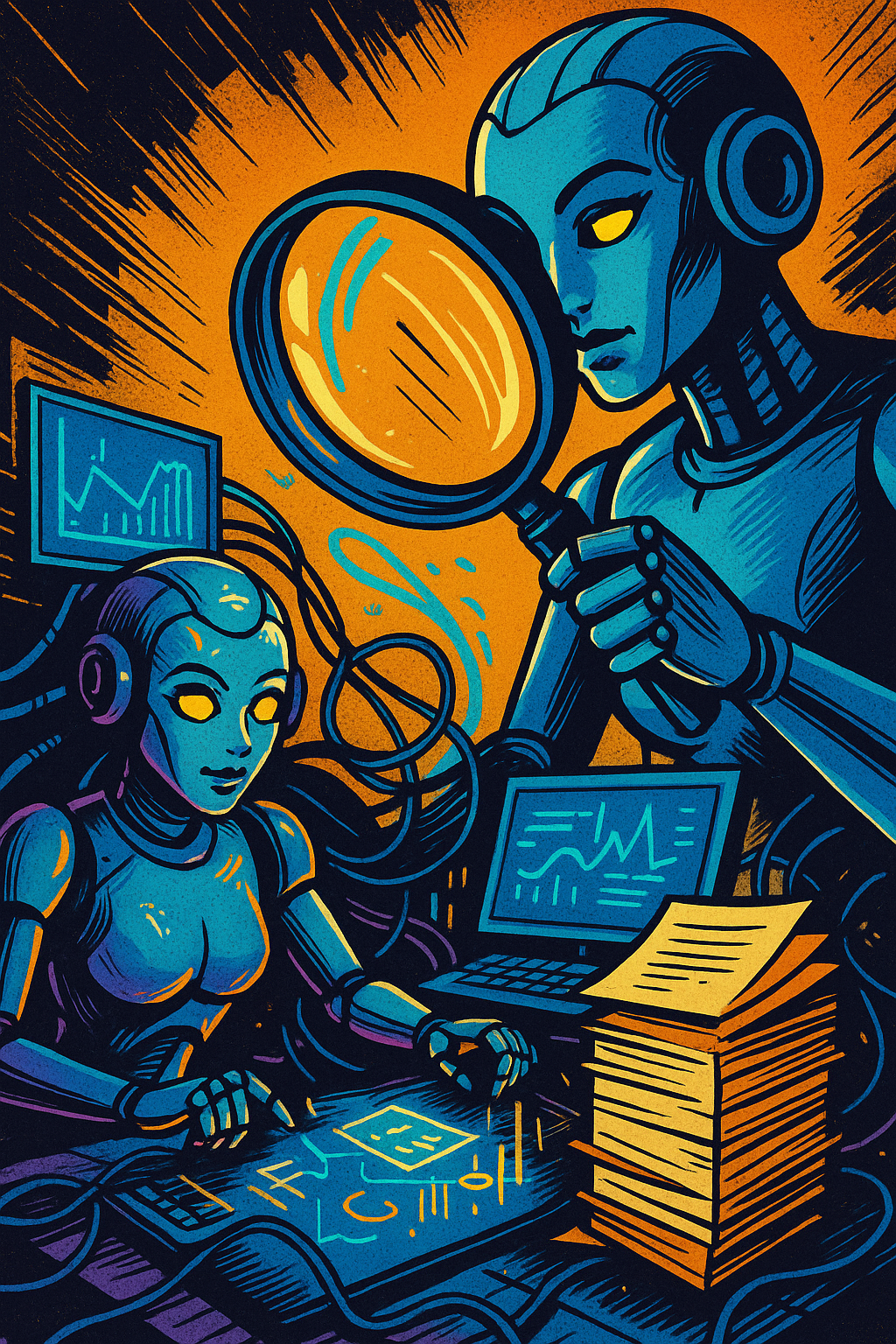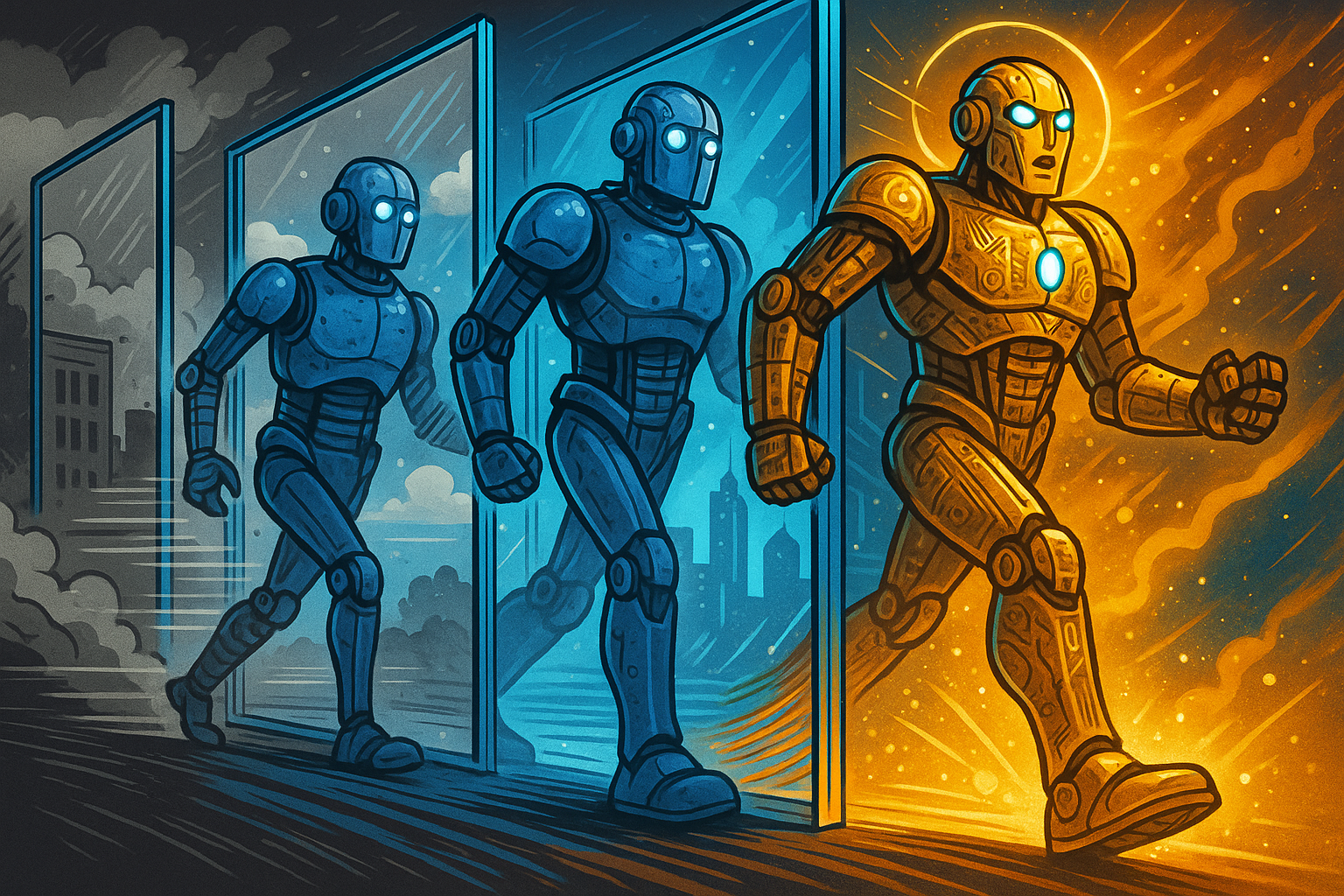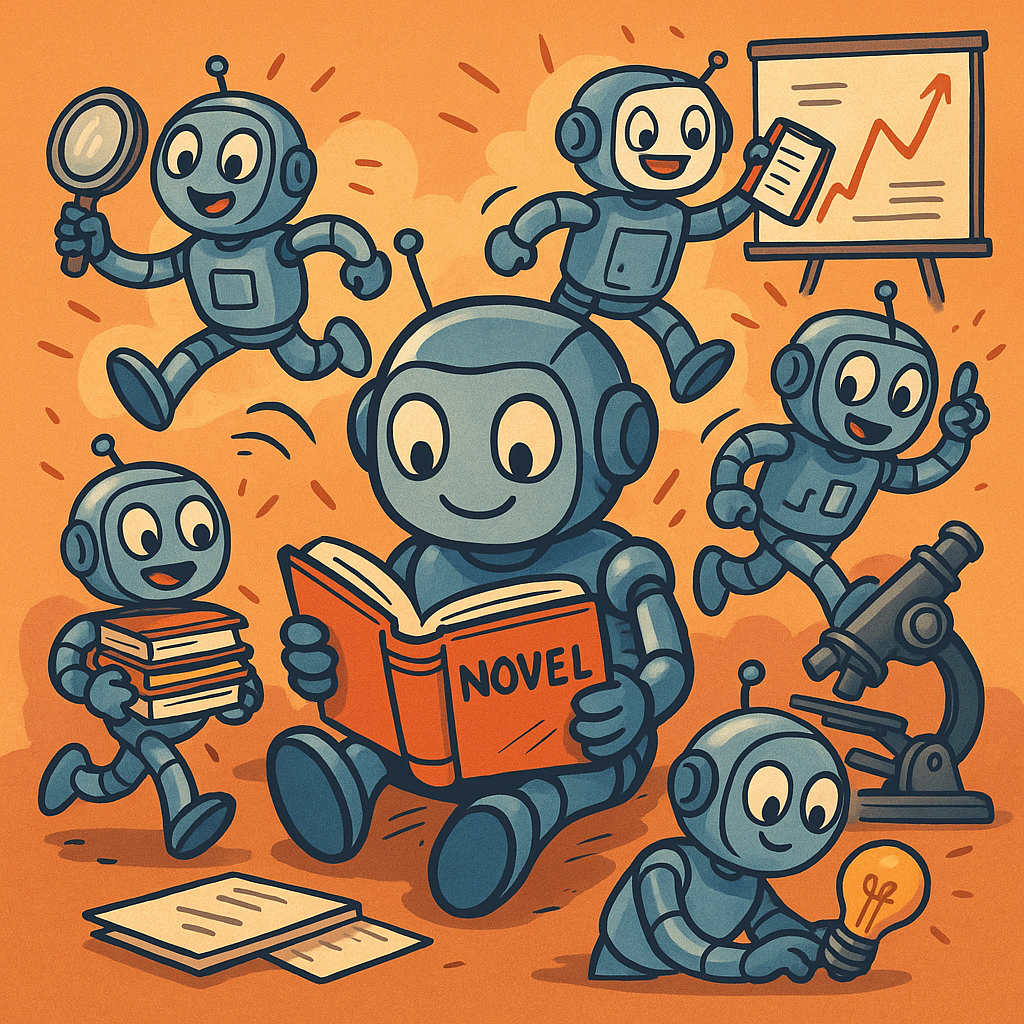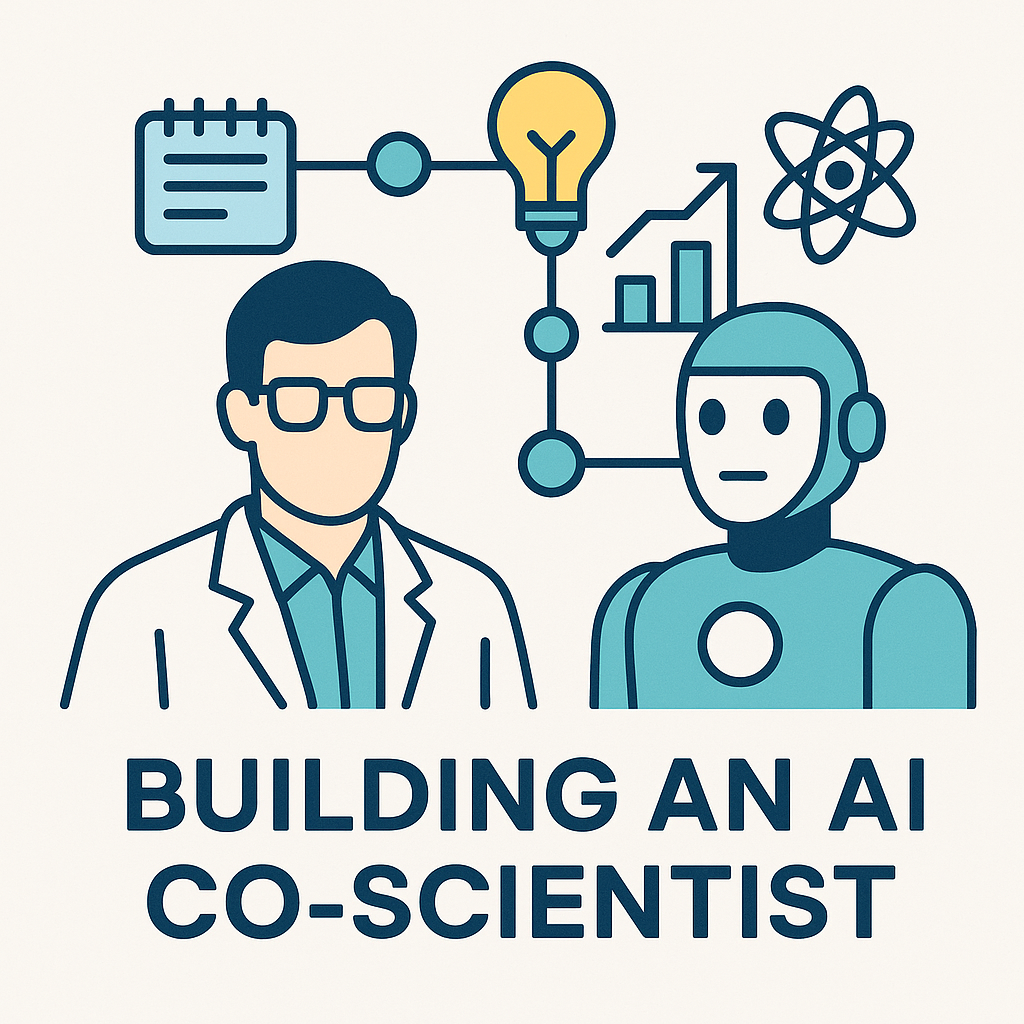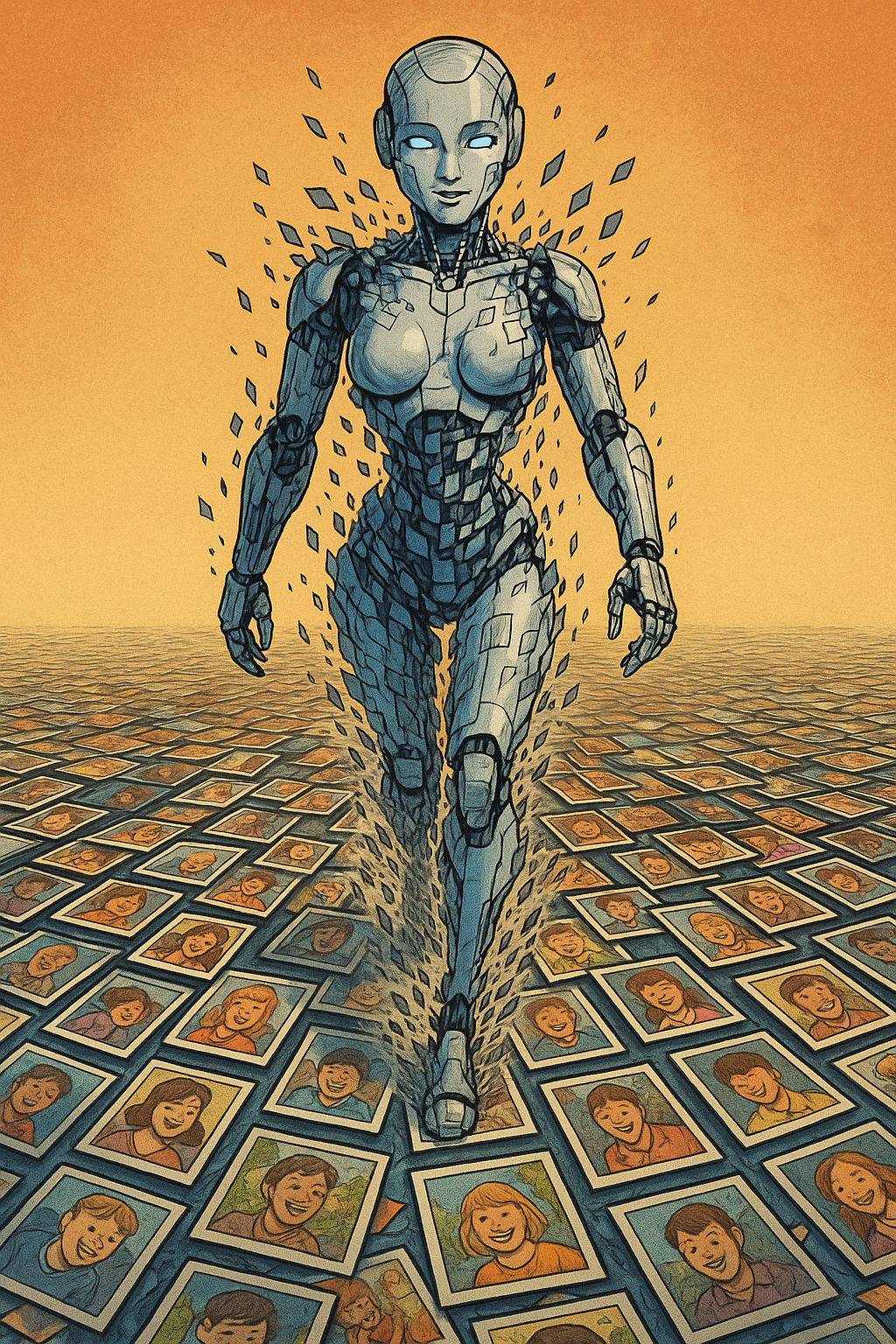
From Photo Albums to Movies: Teaching AI to See Its Own Progress
🥱 TLDR
This post details the implementation of:
- PACS: Implicit Actor–Critic Coupling via a Supervised Learning Framework for RLVR
- NER Retriever: Zero-Shot Named Entity Retrieval with Type-Aware Embeddings within our self-improving AI, Stephanie.
The core idea is to move beyond static, single-point feedback to a richer, more dynamic form of learning:
